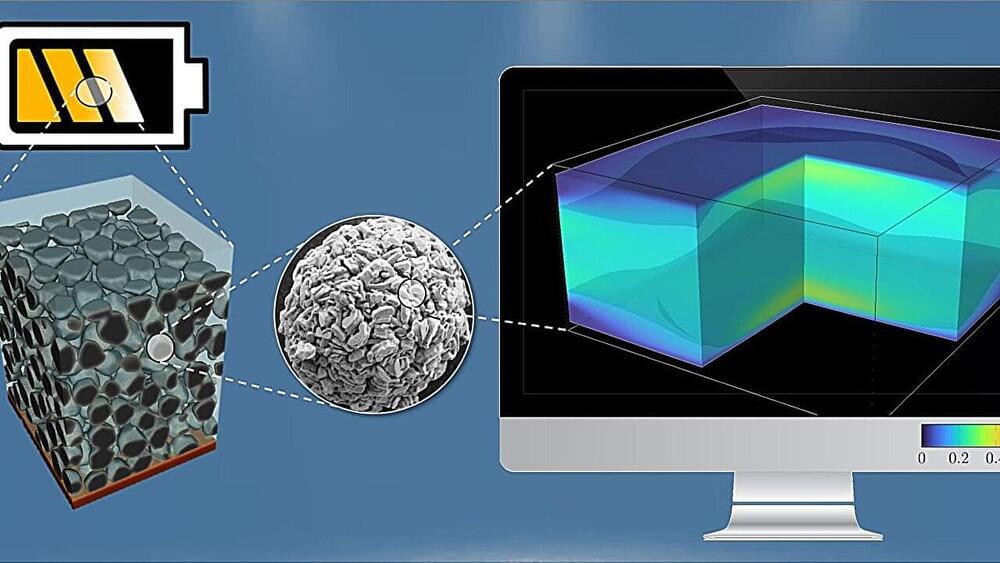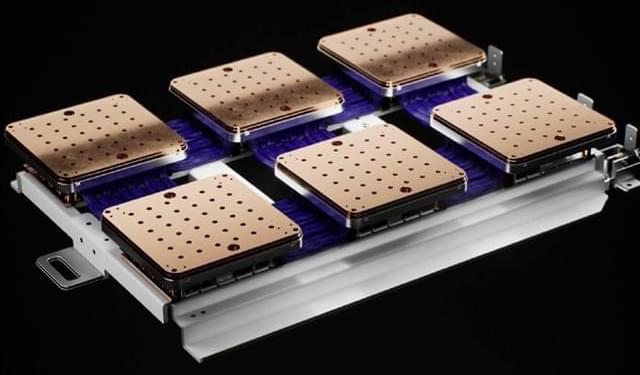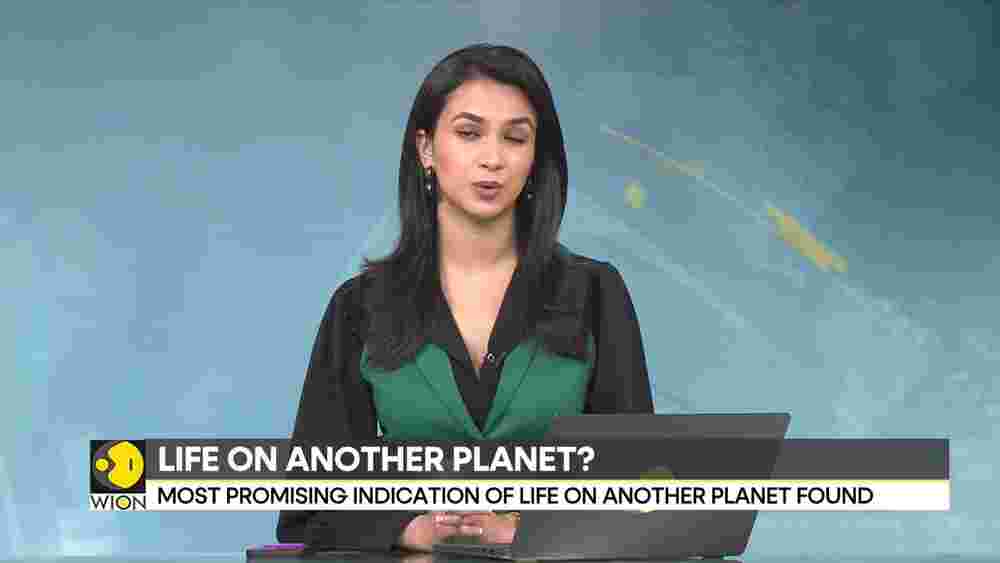Which factors determine how quickly a battery can be charged? This and other questions are studied by researchers of Karlsruhe Institute of Technology (KIT) with the help of computer-based simulations.





In February, we covered a curious setup that allows you to control digital particles in real time by blowing air into a sensor, created by visual artist Steven Mark Kübler. But what if you had a whole museum of such unusual interactive artworks?
This is what Kübler has been wondering as well. He presented a concept of a room filled with sound paintings manipulated with viewers’ actions. You can see him blowing on the sensor to make particles in a tank-like container splash and part like water. The experience was created using Arduino’s controller and the TouchDesigner visual development platform.


An exploration of the various Dyson sphere and swarm concepts and their practicality. My Patreon Page: / johnmichaelgodier My Event Horizon Channel:
/ eventhorizonshow Music: Cylinder Eight by Chris Zabriskie is licensed under a Creative Commons Attribution 4.0 license. https://creativecommons.org/licenses/.… https://chriszabriskie.com/cylinders/ Cylinder Five by Chris Zabriskie is licensed under a Creative Commons Attribution 4.0 license. https://creativecommons.org/licenses/.… https://chriszabriskie.com/cylinders/ Space Xplorers by Kevin MacLeod is licensed under a Creative Commons Attribution 4.0 license. https://creativecommons.org/licenses/.… http://incompetech.com/music/royalty–… Darkest Child by Kevin MacLeod is licensed under a Creative Commons Attribution 4.0 license. https://creativecommons.org/licenses/.… http://incompetech.com/music/royalty–… Intermission in D by Miguel Johnson https://migueljohnson.bandcamp.com/
Continuing our look at Dyson Spheres we examine the concept of the Nicoll-Dyson Beam, a type of advanced weapon that uses the output of an entire sun to create a laser that can strike target across the galaxy.

The search for life beyond Earth is really just getting started, but science has an encouraging early answer: there are plenty of planets in the galaxy, many with similarities to our own. But what we don’t know fills volumes. Observations from the ground and from space have confirmed thousands of planets beyond our solar system.